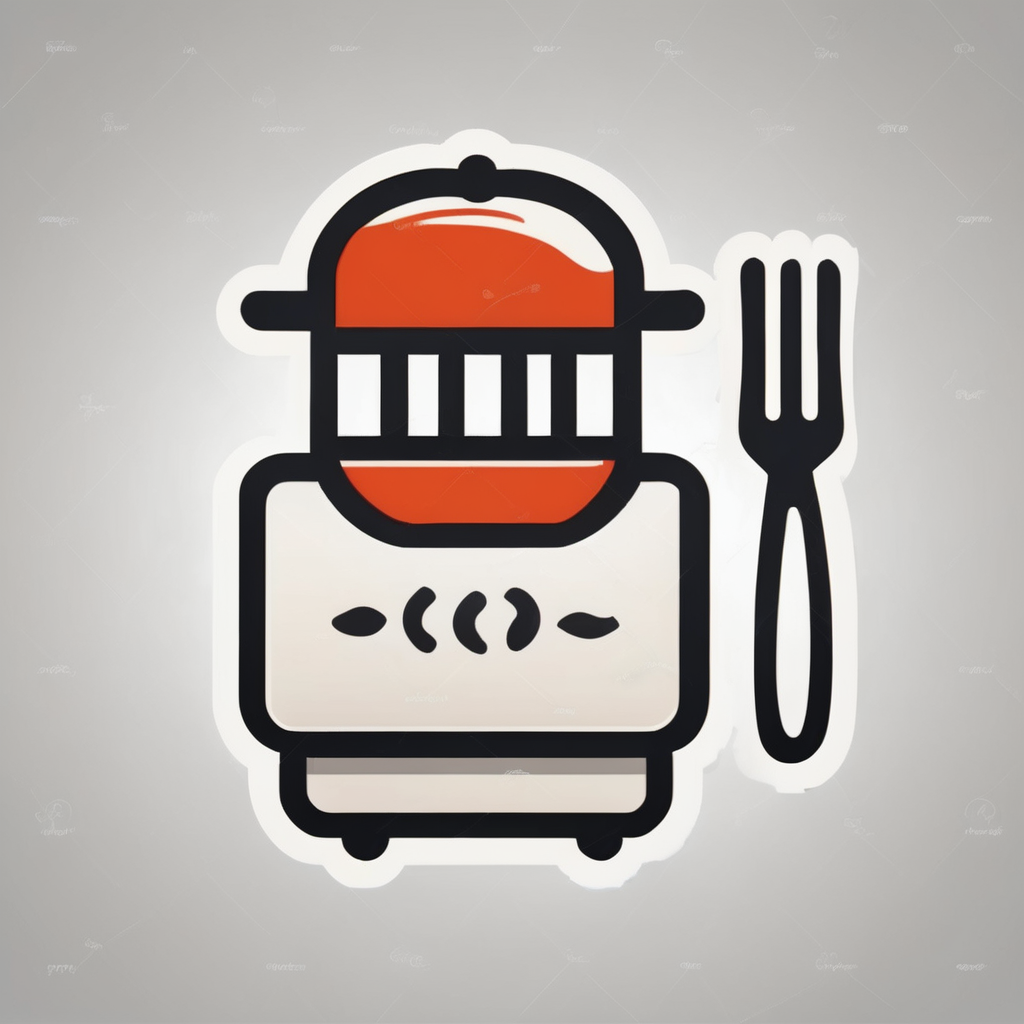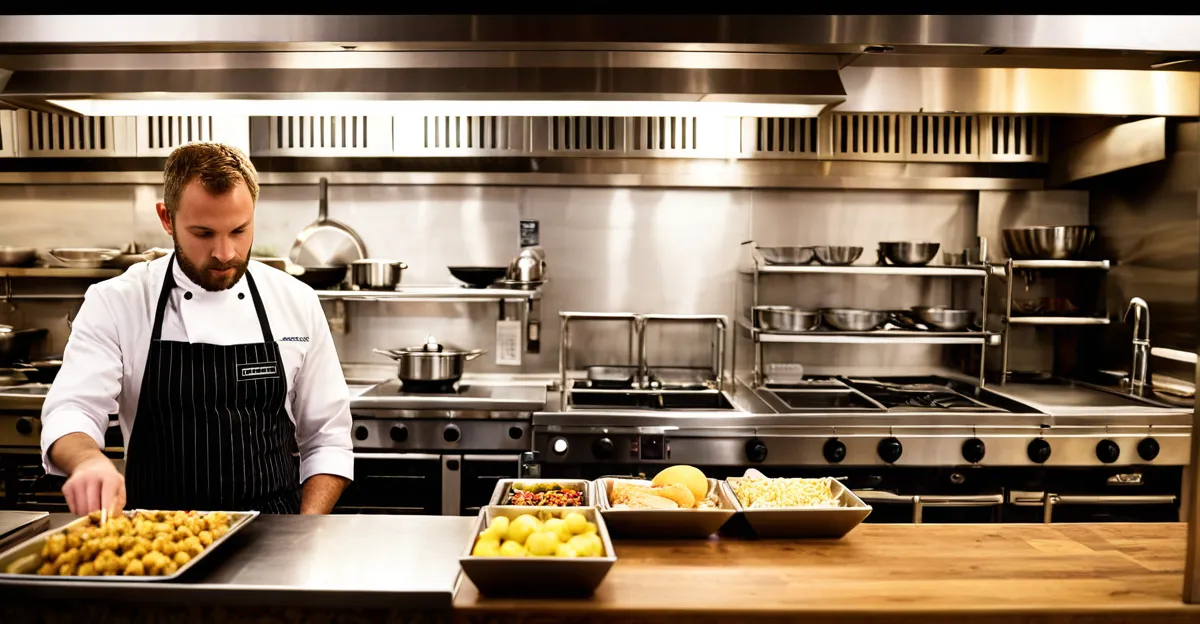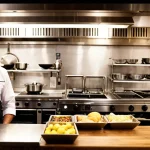Key Principles for Delivering Outstanding Customer Experiences in UK Kitchen Restaurants
Creating an exceptional customer experience in UK kitchen restaurants hinges on several core principles. First, delivering personalised service remains a cornerstone of UK hospitality. Staff trained to recognise individual preferences and adapt their approach can transform a routine visit into a memorable occasion. This attention to personal detail elevates guest perception and fosters loyalty.
Another critical element is the seamless integration of restaurant best practices focused on promptness, cleanliness, and attentive service. Customers appreciate environments where efficiency meets warmth, making their visit both pleasant and hassle-free. For example, anticipating needs before they are expressed demonstrates a deep understanding of guest expectations—a hallmark of leading customer experience strategies.
Also read : Explore the cutting-edge technologies revolutionizing uk restaurant kitchens
Prioritising guest satisfaction requires continuous feedback loops and flexible responses to issues. This means monitoring reviews and surveys to identify pain points and swiftly implementing improvements. Establishments that recognise satisfaction not just as a goal but as a business priority distinguish themselves in a competitive market. Ultimately, combining personalised interaction with operational excellence defines outstanding customer experiences in UK kitchen restaurants.
Staff Training and Service Excellence
Effective restaurant staff training is the backbone of exceptional customer service in the UK hospitality industry. Establishing structured onboarding programmes ensures new employees quickly understand their roles and the standards expected. These programmes combine practical skills with company values, fostering consistency in service delivery from day one.
This might interest you : Exploring the distinctive hurdles confronting uk kitchen bars: a comprehensive insight
Ongoing training is equally vital. Regular refresher courses and workshops keep staff updated on best practices, menu knowledge, and customer engagement techniques. This continuous development empowers team members to anticipate guest needs and respond proactively rather than reactively, enhancing overall guest satisfaction.
Creating a culture centred on hospitality excellence requires more than just training; it involves cultivating an environment where staff feel valued and motivated. Encouraging open communication and providing autonomy boosts confidence, enabling employees to offer attentive, personalised service that exceeds guest expectations. When staff are equipped and empowered, service quality naturally improves, directly impacting repeat business and positive reviews.
Ultimately, investing in comprehensive restaurant staff training creates a virtuous cycle of confidence, competence, and care—key components to standing out in the competitive UK hospitality market.
Innovative Use of Technology to Enhance Guest Experience
Technology in the restaurant sector, especially restaurant technology in the UK, is transforming how guests interact and dine. Many establishments now adopt digital ordering systems that allow customers to browse menus and place orders via smartphones or tablets. This eliminates waiting for waitstaff and minimizes errors, significantly improving service efficiency.
Restaurants use tech in UK kitchens to streamline operations. Kitchen automation tools and communication systems help synchronize front-of-house and cooking staff. Orders flow directly to kitchen screens, so chefs receive clear, prompt requests, reducing confusion and speeding up preparation.
Another key innovation is the use of digital menus and contactless payments. Digital menus are easily updated, offer customization, and cater to dietary needs. Contactless payment options speed up transactions and reduce physical contact—which enhances safety and convenience.
Together, these technologies promote faster service, greater accuracy, and a more personalized dining experience. Integrating digital solutions supports restaurants in managing peak times more effectively while ensuring guests feel valued and well-attended. Embracing these advances positions eateries at the forefront of modern dining trends, ensuring competitive advantage and customer satisfaction.
Menu Design and Adaptation for UK Diners
Creating a successful menu for UK diners requires thoughtful menu design strategies aligned with current UK food trends. Emphasizing diverse, seasonal, and locally sourced ingredients caters to customers’ growing preference for freshness and sustainability. Offering a flexible menu allows restaurants to adapt swiftly to changing tastes while highlighting the origin of ingredients builds trust with environmentally conscious diners.
Clear allergen information and dietary labelling have become essential. UK diners expect transparency about allergens and diet types such as vegan, gluten-free, or vegetarian. Including explicit labels improves customer confidence and reduces errors during ordering. Such clarity is part of best practices in menu design strategies that reflect inclusivity and care.
Flexibility extends beyond fixed offerings. Restaurants often accommodate special requests or preferences, from ingredient swaps to portion adjustments. This adaptability enhances the dining experience, fostering customer satisfaction and repeat visits. Menu design strategies that allow room for personalization demonstrate respect for individual needs and current trends.
Balancing creativity with practical adaptation ensures menus resonate with UK diners. Focusing not only on what’s served but also on how it’s presented streamlines choices while celebrating local food culture, driving engagement and loyalty.
Upholding Impeccable Hygiene and Safety Standards
Maintaining restaurant hygiene in the UK demands rigorous attention to cleanliness protocols. Establishments must implement stringent cleaning and sanitisation routines, targeting all food preparation areas and high-touch surfaces. Such thorough practices minimise contamination risks and protect both staff and guests from foodborne illnesses.
Compliance with UK food safety regulations is non-negotiable. Regulations from authoritative bodies, such as the Food Standards Agency, set clear hygiene benchmarks that restaurants must meet. These rules cover safe food storage temperatures, proper handwashing techniques, and the use of protective equipment, ensuring consistent safety standards nationwide.
Visible hygiene practices serve a dual role: they reinforce internal discipline and build guest trust. When diners observe staff adhering to cleanliness protocols, including wearing gloves or sanitising hands regularly, it reassures them that food safety is a top priority. This trust not only enhances the dining experience but also contributes to a restaurant’s positive reputation.
Incorporating these hygiene and safety measures reflects a commitment to health, compliance, and customer confidence—essential pillars for any restaurant aiming for excellence in the UK market.
Effectively Managing and Learning from Customer Feedback
Receiving customer feedback is vital for restaurants in the UK to enhance their service and food quality. Encouraging guests to provide real-time feedback, whether through digital platforms or in-person interactions, allows businesses to gain immediate insight into their experiences. This proactive approach increases the chances of identifying issues before they escalate.
Once a complaint arises, prompt and empathetic complaint resolution is crucial. Addressing concerns quickly not only improves customer satisfaction but also reflects well in restaurant reviews UK. An effective response should acknowledge the problem, offer a solution, and ensure the guest feels heard and valued.
Moreover, using feedback to drive continuous improvement creates a cycle of growth. Analysing reviews and complaints can uncover trends or recurring issues, which can shape staff training, menu adjustments, or operational changes. By treating customer feedback as a meaningful resource rather than just criticism, restaurants can build stronger reputations and foster loyalty among patrons. This strategic use of feedback ultimately strengthens their competitive edge in the vibrant UK hospitality market.
Streamlining Kitchen Operations for Maximum Efficiency
Effective kitchen efficiency starts with implementing clear workflows and well-defined roles. Assigning specific tasks to each staff member minimizes confusion and overlap, which can otherwise slow down productivity. For example, designating one person for prepping ingredients and another for plating creates a seamless progression of work.
Ongoing staff communication is critical. Regular briefings before and during shifts keep everyone aligned on priorities and any menu changes. This constant feedback loop helps avoid mistakes and accelerates response times when issues arise, directly boosting restaurant productivity.
Reducing wait times and improving order accuracy are direct outcomes of optimized workflows and communication. With clear roles, each station operates efficiently, preventing bottlenecks. Additionally, digital order systems can support these efforts by minimizing human errors in relaying customer requests.
To maintain peak kitchen efficiency, foster a culture that prioritizes teamwork and open dialogue. Continuous evaluation and adaptation of workflows ensure the kitchen keeps pace with demand without sacrificing quality. This approach not only streamlines operations but also enhances staff morale and customer satisfaction.
Real-world Examples and Case Studies from Leading UK Restaurants
Exploring case studies UK restaurants reveals how industry leaders transform challenges into success. For example, acclaimed London eateries have leveraged technology to streamline kitchen operations, improving order accuracy and reducing wait times. These real-world restaurant experiences show that integrating digital tools can boost customer satisfaction and staff efficiency simultaneously.
Hospitality leaders emphasize the importance of adaptability. One renowned chef noted, “Embracing innovation while preserving quality is crucial for sustained growth.” This insight highlights a balance between tradition and modern demands—a recurring theme in UK restaurant industry leadership.
Actionable takeaways from these pioneers include focusing on staff training to enhance service delivery and adopting flexible menus to respond to changing customer preferences. Furthermore, real-world restaurant experience demonstrates the value of data-driven decisions, be it through customer feedback or operational metrics, to refine daily practices.
By studying these case studies UK restaurants offer, business owners gain tangible strategies to elevate their kitchens. The real triumph lies not only in technology but also in cultivating a culture of continuous improvement and responsiveness—key factors defining industry leadership today.



